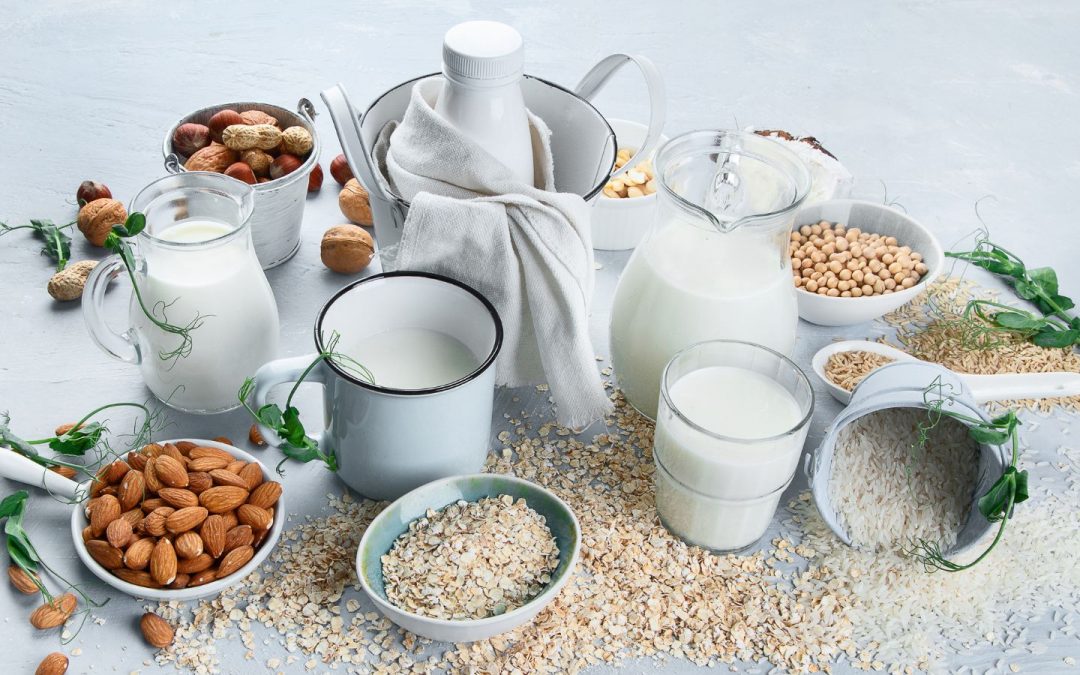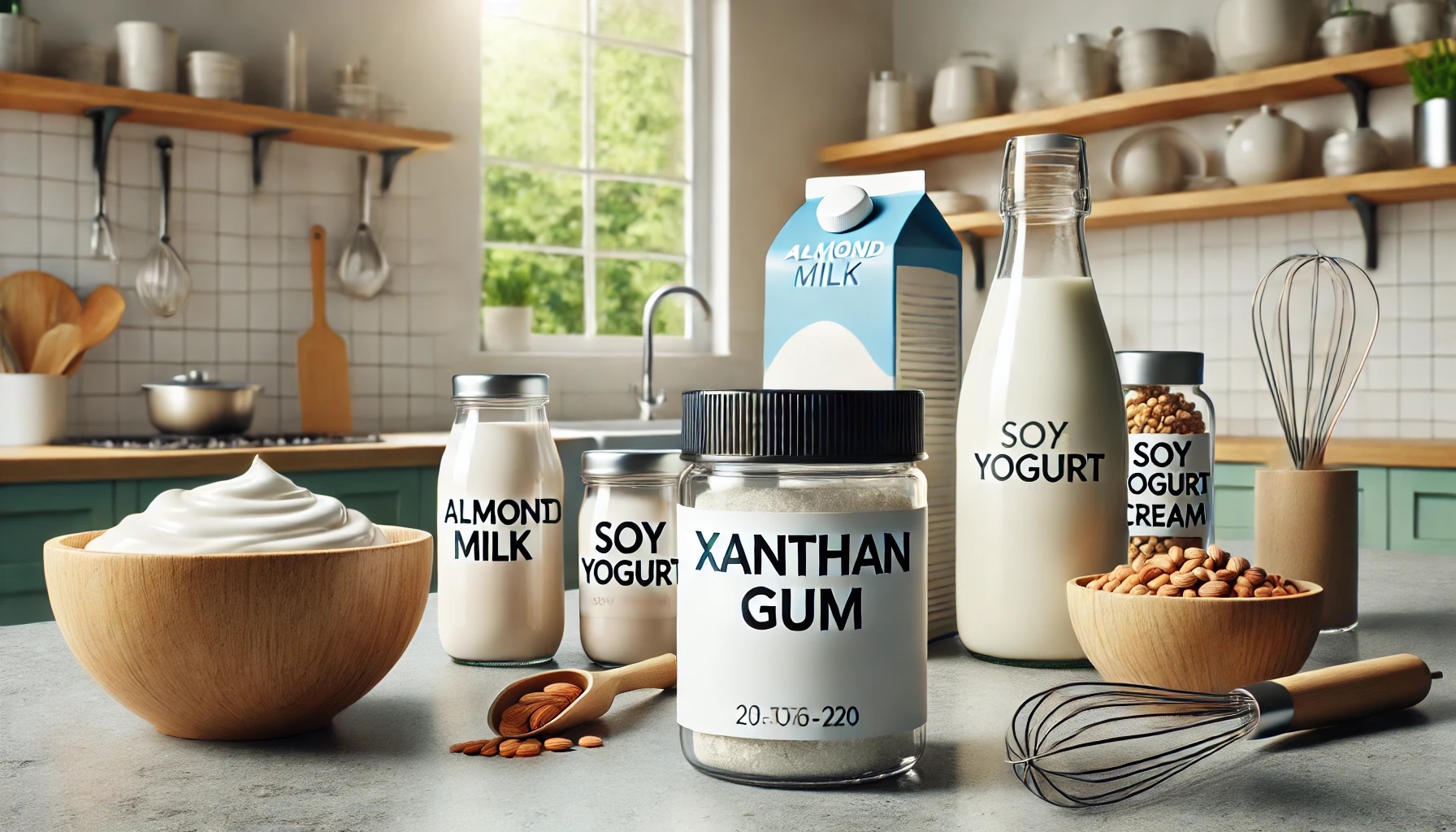1. What is Yeast Protein?
This is a type of protein derived from yeast, which is a microorganism often used in baking, brewing, and biotechnology. It is rich in essential amino acids, making it a complete protein source. The protein is extracted from yeast cells and is commonly used as a nutritional supplement, a food ingredient, and in various industrial applications.
2. How is Yeast Protein produced?
The protein is produced by cultivating yeast in controlled environments, usually on nutrient-rich media. Once the yeast has grown, the cells are harvested, and the protein is extracted through a process that typically involves cell disruption and purification. The result is a high-quality protein product that can be used in food and beverages, as well as in supplements.
3. Is Yeast Protein a complete protein?
Yes, it is considered a complete protein because it contains all nine essential amino acids that the human body cannot produce on its own. This makes it a valuable protein source for vegetarians, vegans, and anyone looking to incorporate more plant-based protein into their diet.
4. What are the benefits of consuming Yeast Protein?
This protein offers several benefits, including being a rich source of essential amino acids, supporting muscle growth and repair, and contributing to overall health. It is also easily digestible and can be an excellent option for those with allergies or sensitivities to other protein sources, such as dairy or soy.
5. Is Yeast Protein suitable for vegans?
Yes, it is entirely suitable for vegans, as it is derived from yeast, which is a fungus. It provides a plant-based protein source that is free from animal products, making it an excellent choice for those following a vegan diet.
6. How does Yeast Protein compare to other plant-based proteins?
It compares favorably to other plant-based proteins like soy, pea, and rice protein. It is a complete protein, which some plant-based proteins are not, and it also tends to be more easily digestible. Additionally, it has a relatively neutral taste, making it versatile for use in various food products.
7. Can Yeast Protein be used in baking?
Yes, it can be used in baking. It can be added to bread, muffins, and other baked goods to increase their protein content. It can also help improve the texture and structure of baked items due to its functional properties.
8. Is Yeast Protein safe for people with gluten intolerance?
Yes, it is generally safe for people with gluten intolerance because yeast does not contain gluten. However, it’s important to check the product label to ensure it hasn’t been cross-contaminated with gluten during processing.
9. What foods commonly contain Yeast Protein?
It is commonly found in various foods, including bread, nutritional yeast products, protein bars, shakes, and meat substitutes. It’s also used as a protein fortifier in certain cereals, snacks, and beverages.
10. How does Yeast Protein taste?
The taste is generally mild and neutral, making it easy to incorporate into a variety of dishes without altering the flavor significantly. In some cases, it may have a slightly savory or umami taste, depending on how it is processed.
11. Is Yeast Protein easy to digest?
Yes, it is generally easy to digest. It is a single-celled organism, and the protein it provides is highly bioavailable, meaning the body can absorb and utilize it efficiently.
12. Can Yeast Protein help with muscle building?
Yes, it can help with muscle building due to its high content of essential amino acids, including branched-chain amino acids (BCAAs), which are crucial for muscle growth and recovery. It can be a valuable addition to the diet of athletes and those engaged in regular physical activity.
13. Is Yeast Protein allergenic?
It is generally considered hypoallergenic and is less likely to cause allergic reactions compared to other protein sources like dairy or soy. However, as with any food product, there is always a small risk of allergy, so individuals with specific sensitivities should consult a healthcare provider.
14. What is the nutritional profile of Yeast Protein?
It is rich in essential amino acids, vitamins, and minerals. It typically provides around 50-60% protein by weight, depending on the specific product. It also contains B-vitamins, fiber, and trace minerals like selenium and zinc, contributing to its nutritional value.
15. Can Yeast Protein be used in beverages?
Yes, it can be used in beverages such as protein shakes, smoothies, and meal replacement drinks. Its neutral taste and solubility make it easy to blend into liquids without affecting the flavor or texture significantly.
16. What are the environmental benefits of Yeast Protein?
The production process is generally more sustainable than that of animal-based proteins. Yeast can be grown on a variety of substrates, often using by-products from other industries, which helps reduce waste. Additionally, it requires less land and water compared to traditional livestock farming, making it an environmentally friendly protein source.
17. How does Yeast Protein impact gut health?
This protein can have a positive impact on gut health, as it is easy to digest and may help support a healthy gut microbiome. Some yeast products also contain prebiotics, which can further promote digestive health by feeding beneficial gut bacteria.
18. Is Yeast Protein used in supplements?
Yes, it is commonly used in protein supplements, including powders, bars, and capsules. It provides a complete protein source that can be easily incorporated into a variety of diets, making it popular among athletes, bodybuilders, and health-conscious consumers.
19. Can Yeast Protein be used in pet food?
Yes, it is often used in pet food as a protein source. It is well-tolerated by most pets and can provide essential amino acids and nutrients that support overall health and well-being in animals.
20. What is the difference between Yeast Protein and nutritional yeast?
The main difference lies in the processing and intended use. Nutritional yeast is typically deactivated and used as a seasoning or dietary supplement, while the protein form is specifically processed to isolate the protein content for use in food products and supplements.
21. Is Yeast Protein suitable for people with soy allergies?
Yes, it is suitable for people with soy allergies, as it is not derived from soy. It provides an alternative protein source for those who need to avoid soy due to allergies or sensitivities.
22. How does Yeast Protein affect cholesterol levels?
This protein is low in cholesterol and saturated fats, making it a heart-healthy protein option. Some studies suggest that yeast-based products may help lower LDL cholesterol levels, although more research is needed to confirm these effects.
23. Is Yeast Protein used in cosmetics?
Yes, it is sometimes used in cosmetics and skincare products due to its beneficial properties for the skin. It can help with moisturizing, soothing irritation, and promoting a healthy complexion.
24. Can Yeast Protein be genetically modified?
Yes, yeast can be genetically modified to enhance its protein content or to produce specific types of proteins. However, non-GMO options are also available for those who prefer to avoid genetically modified organisms.
25. What is the shelf life of Yeast Protein?
It typically has a long shelf life, especially when stored in a cool, dry place. The exact shelf life can vary depending on the specific product and how it is packaged, but it generally remains stable for several months to a year.
26. Is Yeast Protein used in meat substitutes?
Yes, it is commonly used in meat substitutes and plant-based meat products. Its high protein content and neutral flavor make it an excellent ingredient for mimicking the texture and nutritional profile of meat.
27. How does Yeast Protein impact weight management?
This protein can be beneficial for weight management, as it is low in calories and high in protein, which can help promote satiety and reduce overall calorie intake. Incorporating it into a balanced diet can support weight loss or maintenance efforts.
28. Can Yeast Protein be used in dairy alternatives?
Yes, it can be used in dairy alternatives such as plant-based milk, yogurt, and cheese. It helps boost the protein content of these products and contributes to a creamier texture and richer nutritional profile.
29. Is Yeast Protein heat-stable?
Yes, it is heat-stable, meaning it retains its nutritional value and functional properties when exposed to high temperatures. This makes it suitable for use in cooked and baked products without degrading the protein content.
30. How does Yeast Protein compare to animal proteins?
It is comparable to animal proteins in terms of its amino acid profile, making it a viable alternative for those seeking plant-based options. While it may not have the same texture or taste as animal proteins, it provides similar nutritional benefits without the environmental impact associated with livestock farming.
31. Can Yeast Protein be used in sauces and dressings?
Yes, it can be used in sauces and dressings to enhance their protein content. Its neutral flavor allows it to blend seamlessly into these products, providing a nutritional boost without altering the taste or texture.
32. What are the main amino acids found in Yeast Protein?
It contains all nine essential amino acids, including leucine, isoleucine, and valine, which are important for muscle synthesis. Other key amino acids include lysine, methionine, and tryptophan, making it a complete protein source.
33. Is Yeast Protein used in biotechnology?
In biotechnology, it is often used in the production of pharmaceuticals, enzymes, and other bio-based products. Yeast can be engineered to produce specific proteins that are then harvested and purified for various industrial and medical applications.
34. Can Yeast Protein help with recovery after exercise?
Yes, it can help with recovery after exercise by providing the necessary amino acids for muscle repair and growth. Consuming it as part of a post-workout meal or shake can support muscle recovery and reduce soreness.
35. Is Yeast Protein used in fermented foods?
Yes, it can be used in fermented foods, either as an ingredient or as a byproduct of the fermentation process. It adds nutritional value to these foods and can enhance their protein content.
36. What are the potential side effects of Yeast Protein?
This protein is generally well-tolerated, but some individuals may experience digestive issues such as bloating or gas if consumed in large amounts. As with any food product, it’s important to consume it in moderation as part of a balanced diet.
37. Is Yeast Protein used in dietary supplements?
Yes, it is frequently used in dietary supplements, particularly in protein powders and meal replacement products. It provides a complete protein source that can be easily incorporated into the diet to meet protein needs.
38. How does Yeast Protein affect skin health?
This protein can benefit skin health due to its amino acid content, which supports the skin’s structure and repair processes. It may be used in topical products or consumed as part of a diet to promote healthy skin.
39. What are the processing methods used for Yeast Protein?
The processing methods typically include fermentation, cell disruption, and protein extraction. These steps help isolate the protein from yeast cells, resulting in a high-purity product that can be used in food, supplements, and other applications.
40. Is Yeast Protein sustainable?
Yes, the production process is considered sustainable, as it requires fewer resources compared to animal-based proteins. It also produces less greenhouse gas emissions and can be grown on various substrates, including agricultural by-products.
41. Can Yeast Protein be used in weight loss diets?
Yes, it can be a helpful component of weight loss diets, as it is low in calories and high in protein, which can help promote satiety and reduce overall calorie intake. It can be included in meals and snacks to support weight management goals.
42. Is Yeast Protein used in energy bars?
Yes, it is often used in energy bars and protein bars to increase their protein content. Its neutral taste and compatibility with other ingredients make it a popular choice for these types of snacks.
43. How does Yeast Protein compare to casein or whey protein?
It compares favorably to casein and whey protein in terms of its amino acid profile, but it is plant-based, making it suitable for vegans and those with dairy allergies. While whey and casein are derived from milk, this protein provides a dairy-free alternative with similar nutritional benefits.
44. Can Yeast Protein be used in savory dishes?
Yes, it can be used in savory dishes such as soups, stews, and sauces. Its neutral flavor allows it to blend seamlessly into these recipes, adding protein without altering the overall taste.
45. What are the industrial uses of Yeast Protein?
In industry, it is used in the production of bio-based materials, enzymes, and pharmaceuticals. Yeast can be engineered to produce specific proteins that are harvested and used in various applications, from food processing to medical treatments.
46. Is Yeast Protein bioavailable?
Yes, the protein is highly bioavailable, meaning the body can absorb and utilize it efficiently. This makes it an effective protein source for supporting overall health, muscle growth, and recovery.
47. Can Yeast Protein be used in infant formula?
Yes, it can be used in infant formula as a source of protein. However, it is typically included in combination with other protein sources to ensure the formula meets all the nutritional needs of infants.
48. How does Yeast Protein impact athletic performance?
This protein can support athletic performance by providing essential amino acids that aid in muscle repair and growth. Including it in the diet can help athletes meet their protein needs and improve recovery times.
49. What are the alternatives to Yeast Protein?
Alternatives to this protein include other plant-based proteins like soy, pea, and rice protein, as well as animal-based options like whey and casein. The choice of protein depends on individual dietary preferences, nutritional needs, and any allergies or sensitivities.
50. What are the main trends in the use of Yeast Protein?
Recent trends include the use in plant-based foods, dietary supplements, and functional beverages. Its sustainability and nutritional benefits make it an attractive option for consumers looking for alternative protein sources in the face of growing environmental concerns and dietary shifts.








